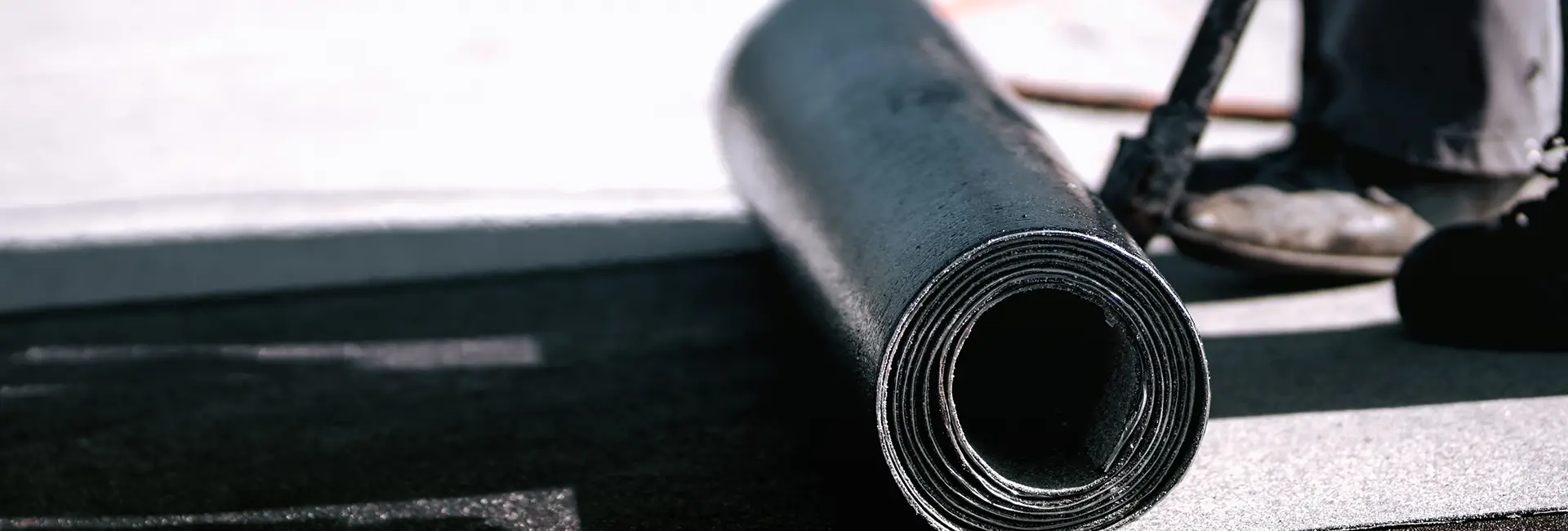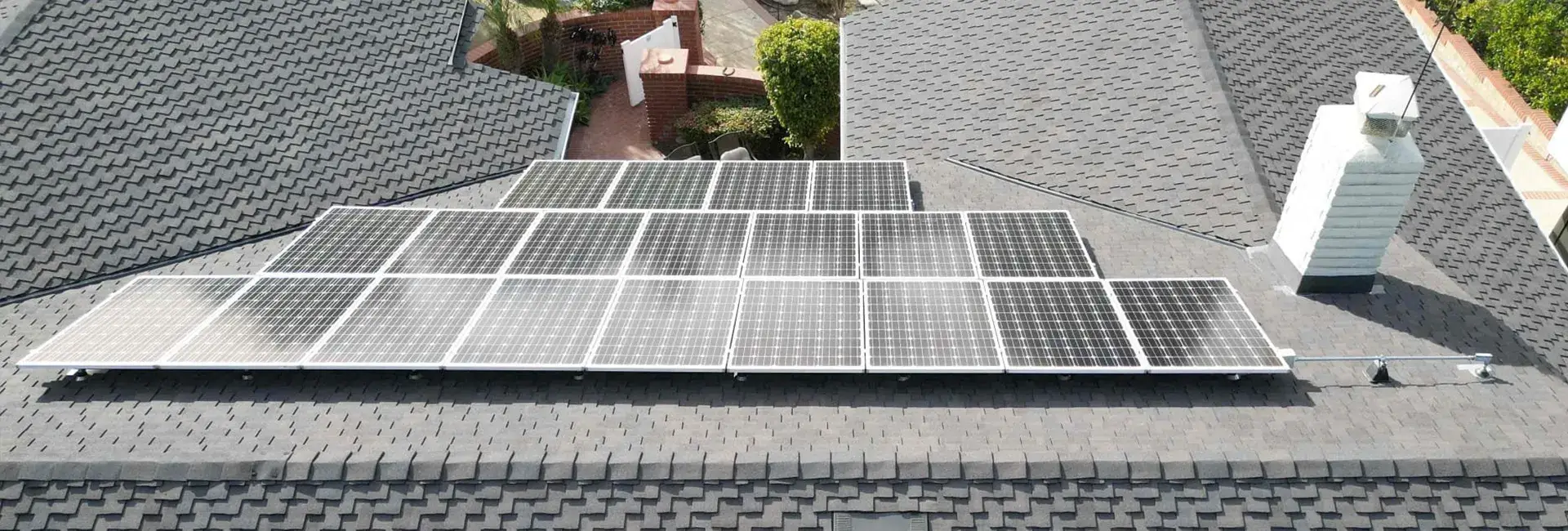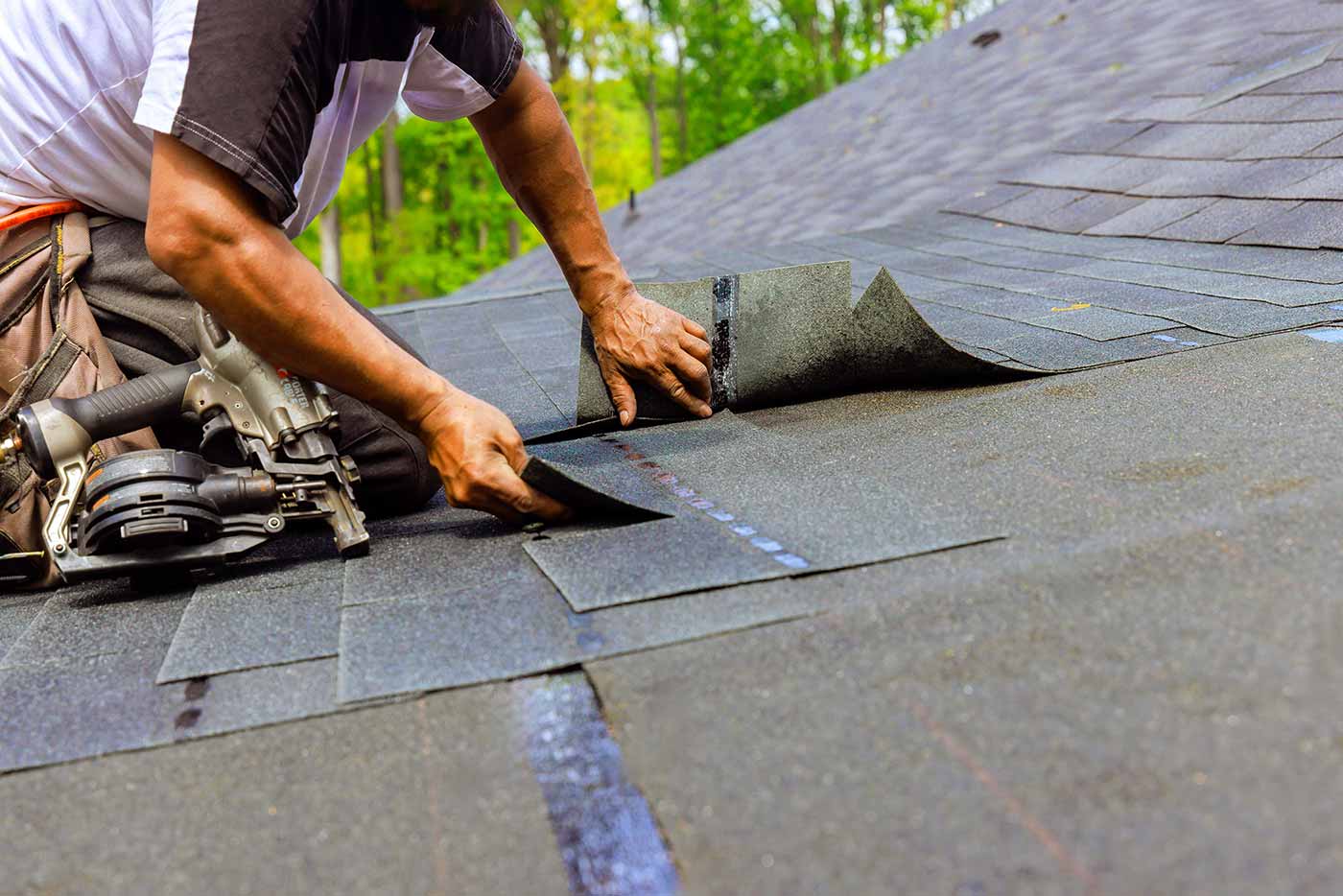In this guide, we’ll explore essential tips for waterproofing a flat roof, the best materials to use, and how to ensure your roof stays in top shape for years to come.
Why Roof Waterproofing Matters
Water damage can be devastating to any structure. A single roof leak can lead to biological growth, structural damage, and costly repairs. Flat roofs are especially prone to water pooling, which exacerbates these risks. That’s why waterproofing a roof, especially a flat roof, is so important.
By applying a high-quality waterproof roof coating, you can protect your roof from water penetration, extend its lifespan, and prevent the need for a premature roof replacement.

Types of Waterproofing Solutions
There are several types of waterproofing solutions available, each suited to different roof systems. Here are some of the most common options:
Waterproof Membrane
- A waterproof membrane is a layer of material applied to the roof to prevent water from penetrating the roof system. This is a popular choice for flat roofs and sloped roofs alike.
- Membranes can be made from various materials, including modified bitumen and single-ply roofing membranes. These materials are known for their high performance and durability.
Waterproof Roof Coating
- Roof coatings are another effective way to waterproof a roof. These coatings are applied directly to the roof surface and create a protective barrier against water.
- Coatings come in various types, including acrylic, silicone, and polyurethane. They are often used on flat roofs, where ponding water can be a problem.
- The application process is relatively simple, but it’s important to ensure even coverage for maximum effectiveness.
Modified Bitumen
- Modified bitumen is a type of asphalt-based roofing material that is commonly used for flat roofs. It’s highly resistant to water and can be applied in multiple layers for added protection.
- This material is known for its durability and is often used in commercial roofing systems.
Single-Ply Roofing Membranes
- Single-ply membranes, such as TPO and PVC, are lightweight and highly effective at waterproofing roofs. These materials are ideal for both commercial and residential roofing systems.
- Single-ply membranes are also energy-efficient, helping to keep your building cool while protecting it from water damage.
The Application Process
The success of your roofing waterproofing project depends largely on the application process. Here’s a basic overview of how it’s done.
- Preparation:
- Before applying any waterproof material, it’s important to clean the roof surface thoroughly. This ensures that the waterproofing solution adheres properly.
- Inspect the roof for any existing damage, such as cracks or holes, and repair them before applying the waterproof coating or membrane.
- Applying the Waterproof Coating or Membrane:
- Depending on the type of waterproofing solution you’re using, the application process may vary. For roof coatings, the material is typically rolled or sprayed onto the roof surface.
- Waterproof membranes are usually laid out and adhered to the roof deck using adhesive or heat welding.
- Sealing and Finishing:
- After the waterproof material is applied, it’s important to seal all seams and edges to ensure a complete waterproof barrier. This step is crucial in preventing roof leaks.
- Finally, allow the coating or membrane to cure according to the manufacturer’s instructions before exposing it to the elements.
Maintenance Tips
for a Waterproof Roof
Once your roof is waterproofed, it’s important to maintain it to ensure long-lasting protection. Here are some tips to help you keep your roof in top condition.
Regular Inspections
Inspect your roof at least twice a year, paying close attention to any signs of wear or damage. Early detection of issues like ponding water or cracks in the coating can prevent major problems down the line.
Keep the Roof Clean
Removing debris from your roof is essential to prevent water buildup and potential damage. Leaves, branches, and other debris can trap moisture, leading to roof leaks.
Address Issues Promptly
If you notice any damage or wear to your waterproof coating or membrane, address it immediately. Small repairs can prevent the need for a full roof replacement.
Work with a Professional
Roofing waterproofing is a complex process that requires expertise. Working with a professional roofing company like LocalRoofs ensures that the job is done correctly and that your roof remains leak-free.
The Bottom Line
Waterproofing your roof is one of the most important steps you can take to protect your building from water damage.
Whether you choose a waterproof roof coating, membrane, or another solution, make sure to follow proper application processes and maintain your roof regularly. By doing so, you’ll enjoy a high-quality, waterproof roof that stands the test of time.
If you’re unsure about the best approach for your roof, contact a trusted roofing company like LocalRoofs for expert advice and services.


